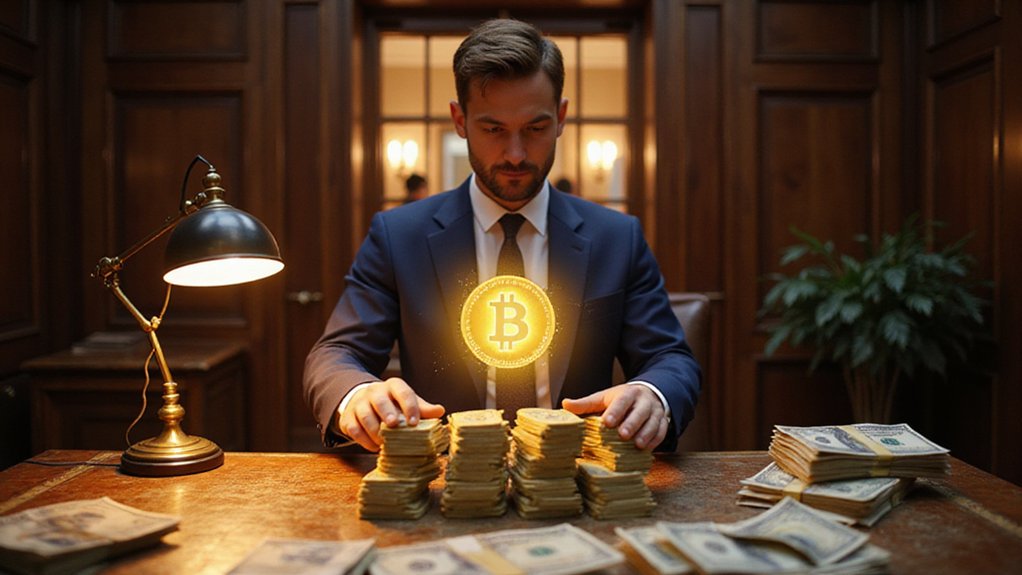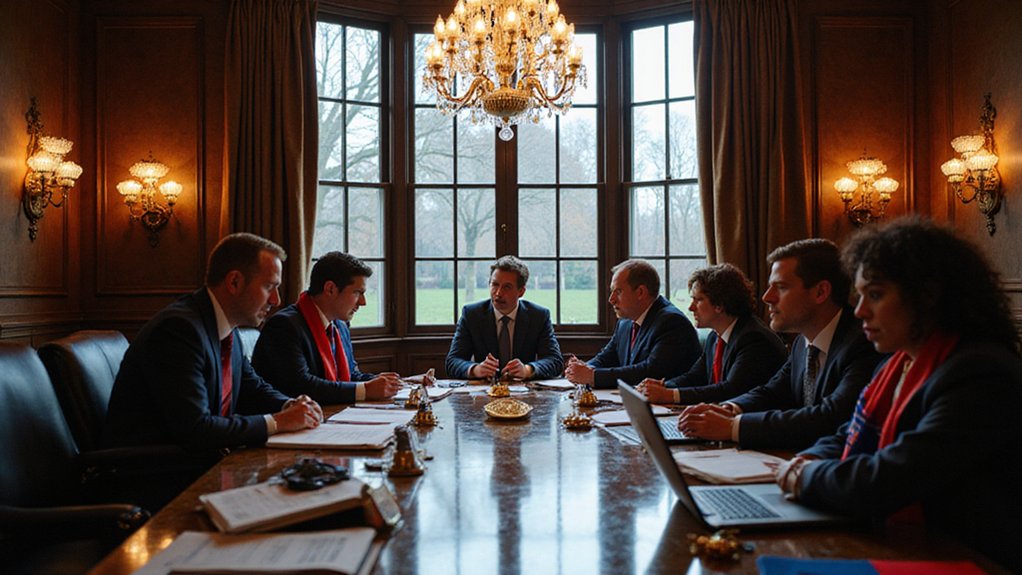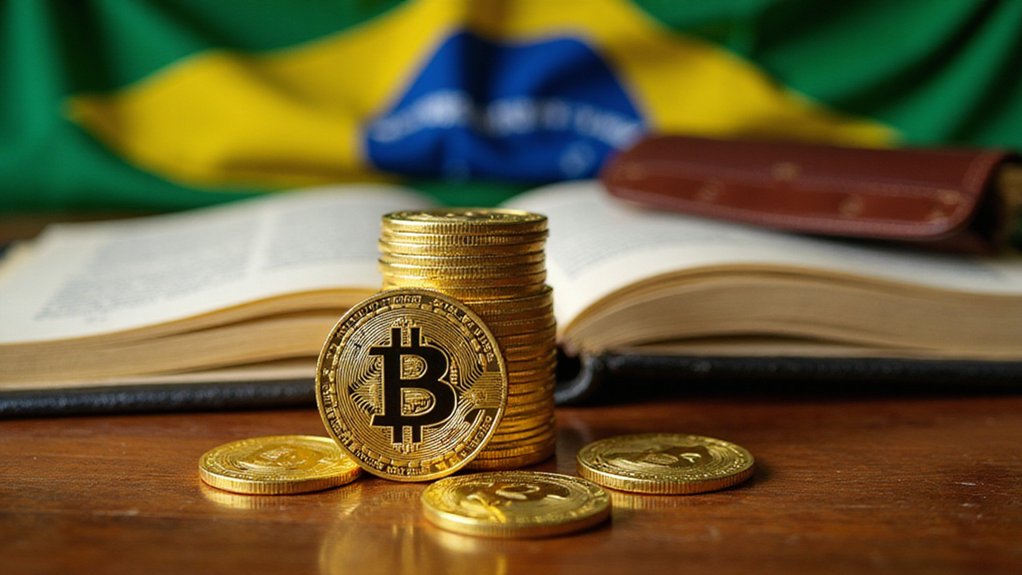In what might be considered either a masterclass in political entrepreneurship or a breathtaking display of conflict-of-interest artistry, Donald Trump has disclosed earning $57.4 million from his involvement in World Liberty Financial, a cryptocurrency venture that he and his sons launched in 2024 while simultaneously positioning his administration to dramatically reshape the regulatory landscape governing digital assets.
Trump’s $57.4 million crypto windfall while reshaping digital asset regulations epitomizes the audacious intersection of presidential power and personal profit.
The financial disclosure reveals Trump holds 15.75 billion governance tokens in World Liberty Financial, which has raised over $550 million through token sales since its September 2024 launch.
The platform aims to offer decentralized finance services, including dollar-pegged stablecoins, with backing from notable investors like Tron founder Justin Sun and Web3Port.
Of the 100 billion tokens issued, 22.5 billion were allocated to DT Marks Defi—a structure that raises eyebrows among ethics watchdogs who question the propriety of a sitting president profiting from an industry his administration actively deregulates.
The timing proves particularly fortuitous for Trump’s crypto ventures.
His administration has systematically dismantled regulatory barriers, appointing crypto advocate Paul Atkins to lead the SEC while pausing investigations into crypto firms.
The BitMEX founders received pardons, signaling an unmistakably favorable regulatory stance that has contributed to the crypto market’s expansion beyond $2 trillion in valuation. Trump has also established a federal Strategic Bitcoin Reserve to audit government-held Bitcoin primarily acquired through law enforcement seizures.
World Liberty Financial’s USD1 stablecoin carries a $2 billion valuation, while projections suggest Trump’s $TRUMP memecoin could generate $742 million in earnings. As DeFi platforms compete for market share, innovative networks like Kaanch Network are emerging with capabilities for instant token swaps and 1.4 million transactions per second, reshaping expectations for decentralized financial infrastructure.
These figures reflect broader institutional acceptance, with sovereign wealth funds and traditional investors flooding the market with unprecedented capital inflows since mid-2024.
The Office of Government Ethics reviews Trump’s disclosures, which show minimal income from other digital ventures like CIC Digital LLC, emphasizing World Liberty Financial’s outsized contribution to his crypto portfolio. Trump previously earned income from NFT projects such as Trump Digital Trading Cards, though no new NFT income appears in his current disclosure.
Public scrutiny intensifies as observers grapple with the implications of a president simultaneously profiting from and regulating the same industry.
Whether this represents shrewd business acumen or problematic governance depends largely on one’s tolerance for such brazen conflicts of interest.
What remains indisputable is Trump’s successful monetization of both his political influence and the crypto market’s explosive growth trajectory.









